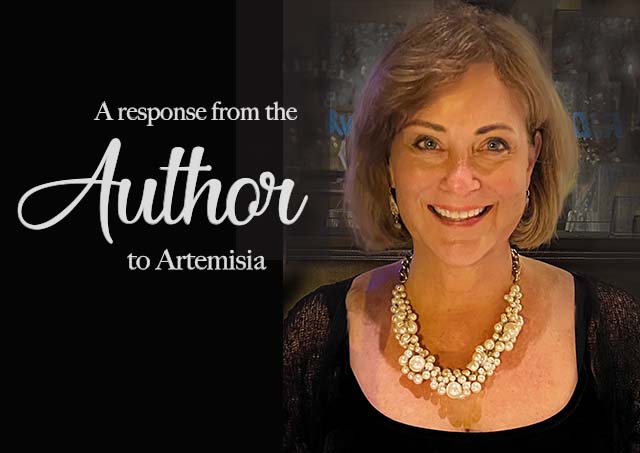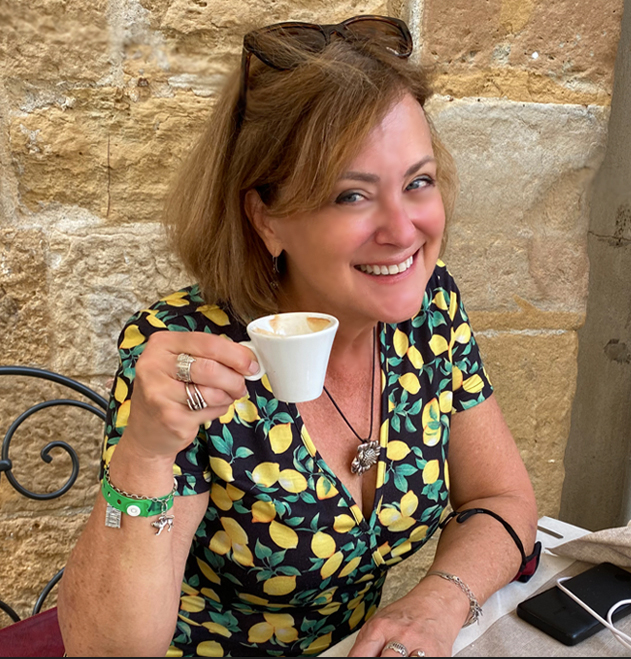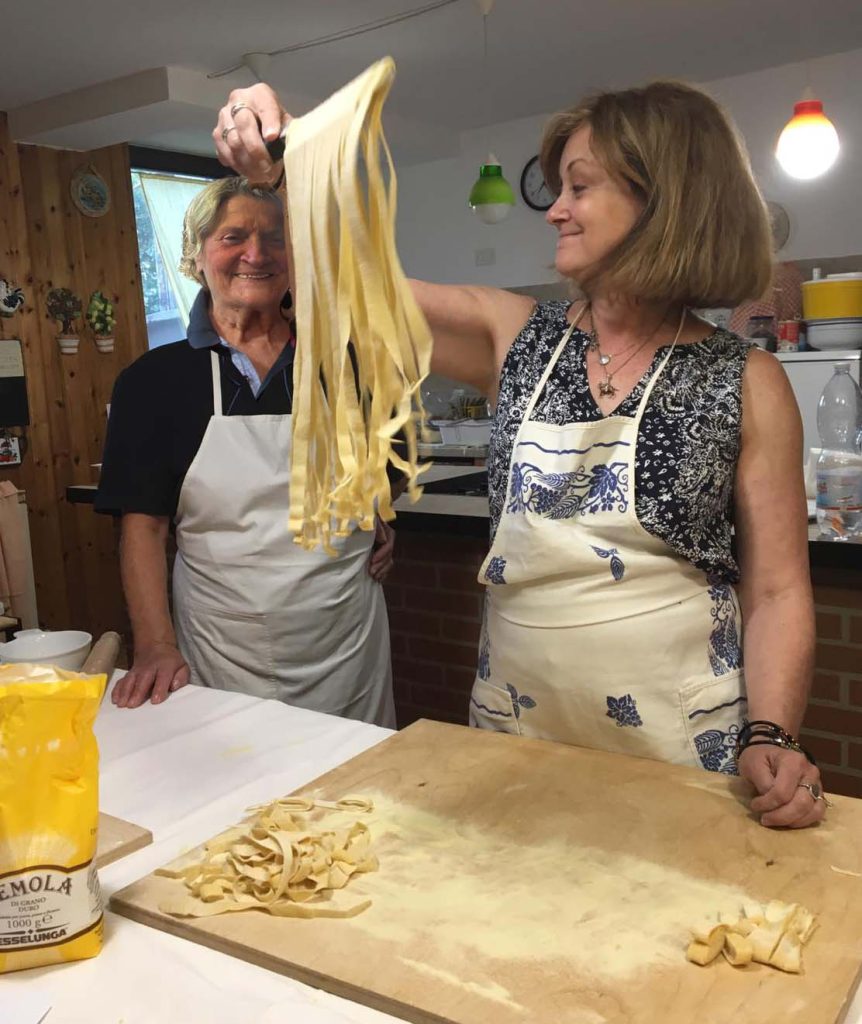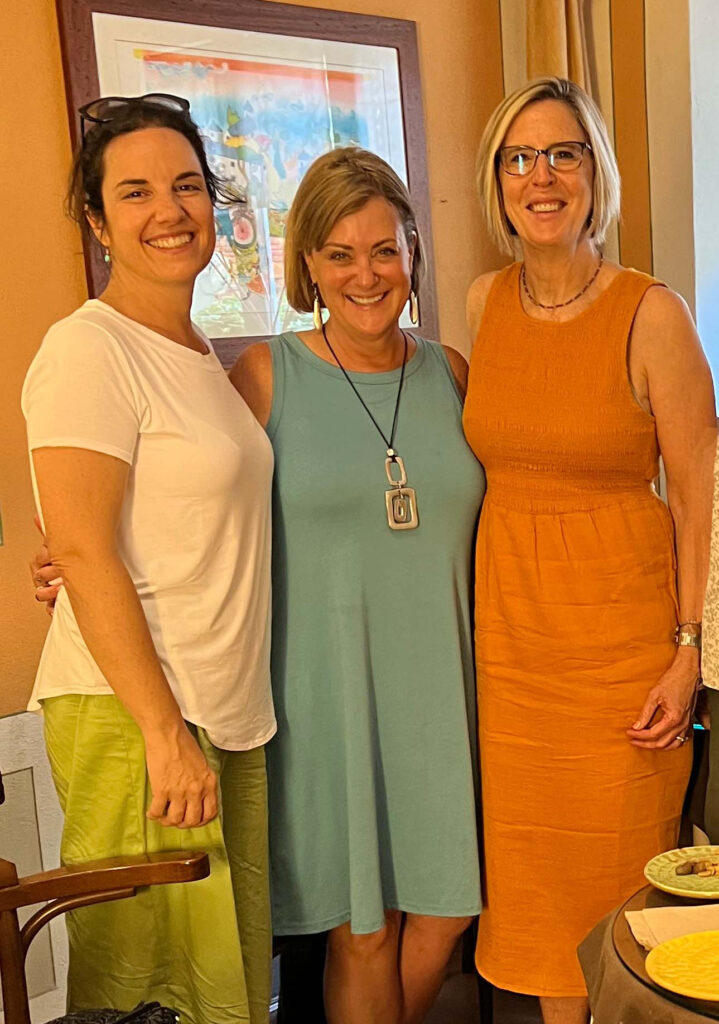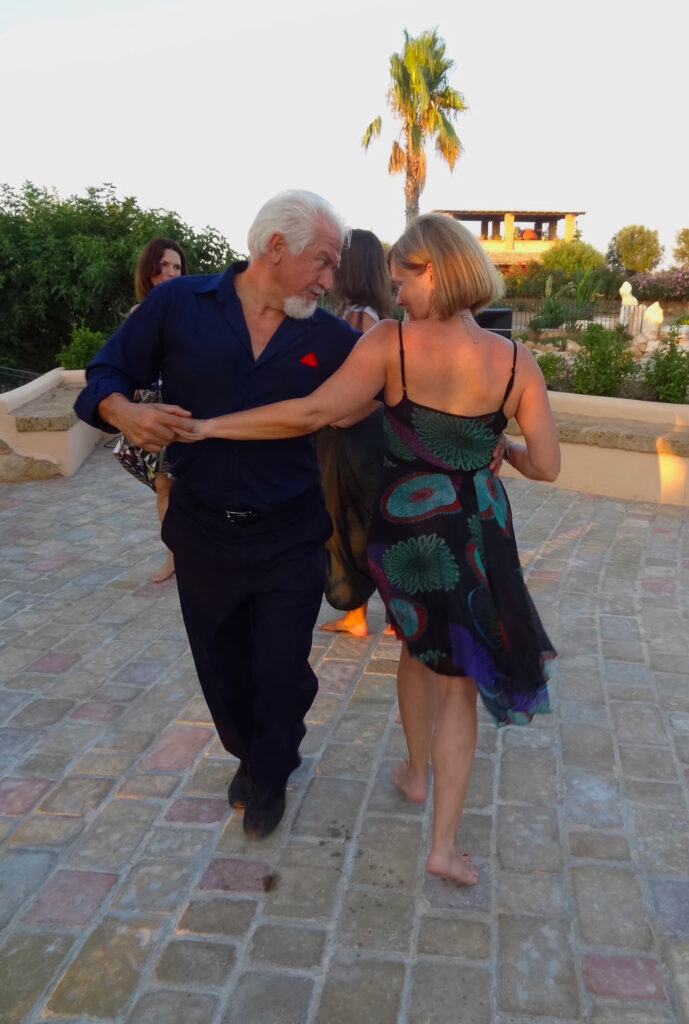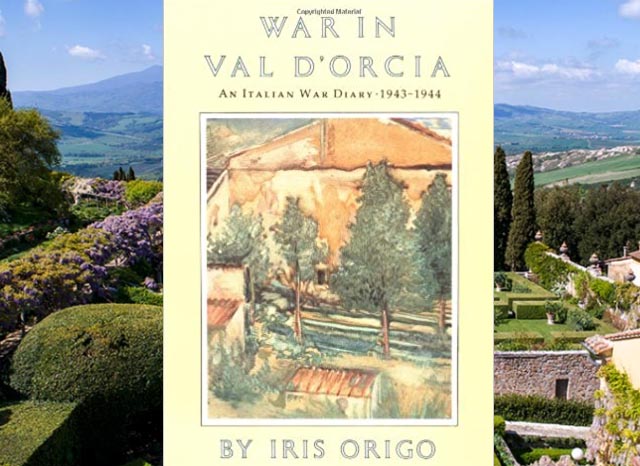
Visto che sto organizzando un programma di Immersione nella lingua Italiana a Montepulciano il prossimo giugno con Silvia Celli della scuola il Sasso, e visiteremo la Villa di Iris Origo e i famosi giardini che ha creato lì, ho voluto leggere il libro di Origo “La guerra in Val d’Orcia.” Il libro è in realtà il diario di Iris che ha scritto dal 1942 al 1943.Attraverso passaggi vividi, descrive come lei e gli altri abitanti delle campagne sopravvissero a tutte le difficoltà causate dalla guerra. Il libro è stato molto utile nella mia ricerca per “Waking Isabella” e mi ha dato un testimone oculare di ciò che la vita in Toscana era come allora e le ultime ore della guerra durante la ritirata tedesca sulla penisola.
Because I am planning an Italian Immersion program in Montepulciano in June with Silvia Celli of il Sasso language school, and we will be visiting Iris Origo’s Villa and the famous gardens she created there, I wanted to read Origo’s book “War in Val d’Orcia.” The book is actually Iris’s diary that she kept from 1942-1943. Through vivid entries, she describes how she and others who lived in the countryside survived all the difficulties brought about by the war. The book was quite helpful in my research for “Waking Isabella” and gave me an eyewitness account of what life in Tuscany was like then and the final hours of the war during the German retreat up the peninsula.
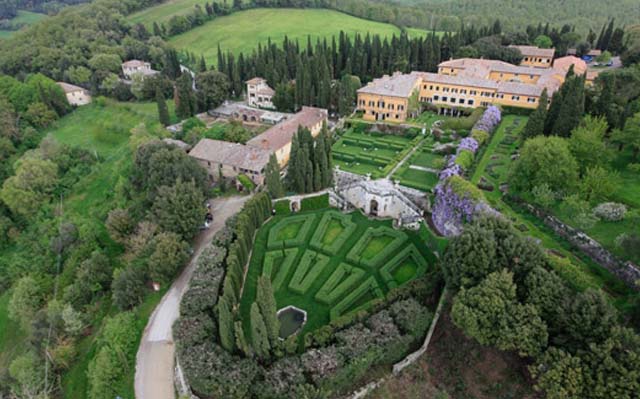
Quello che ho imparato è stato abbastanza sorprendente. La penisola italiana, da secoli, viene contesa internamente da principi, duchi e papi italiani. Tuttavia, dal giugno 1943 al giugno 1944, divenne un formidabile campo di battaglia per gli eserciti stranieri ostili e fu lacerato da una guerra civile tra partigiani italiani che combattevano il regime fascista italiano. Può essere considerato uno dei periodi più disastrosi e brutali della storia italiana.
What I learned was quite astounding. The Italian peninsula, for centuries, has long been fought over internally by Italian princes, dukes, and popes. Still, from June 1943 to June 1944, it became a terrific battlefield for hostile foreign armies and was torn apart by a civil war between Italian partisans battling the Italian fascist regime. It can be considered one of the most disastrous and brutal periods in Italian history.

Ecco qualche informazione su Iris Origo per aggiornarti sulla donna che ha scritto il libro. Iris era una donna anglo-americana che sposò un proprietario terriero italiano. Suo padre era un americano che divenne segretario dell’ambasciatore statunitense a Londra. Sua madre era anglo-irlandese. Alla morte del padre, la madre di Iris trasferì la famiglia a Firenze a Villa Medici appena fuori città. Iris è cresciuta qui, in un grande centro culturale del Rinascimento italiano.
Here is a little background about Iris Origo to get you up to speed on the woman who wrote this book. Iris was an Anglo-American woman who married an Italian landowner. Her father was an American who became secretary to the Ambassador of the United States in London. Her mother was Anglo-Irish. When her father died, Iris’ mother moved the family to Florence to the Villa Medici just outside the city. This is where Iris grew up, in one of the great cultural centers of the Italian Renaissance.
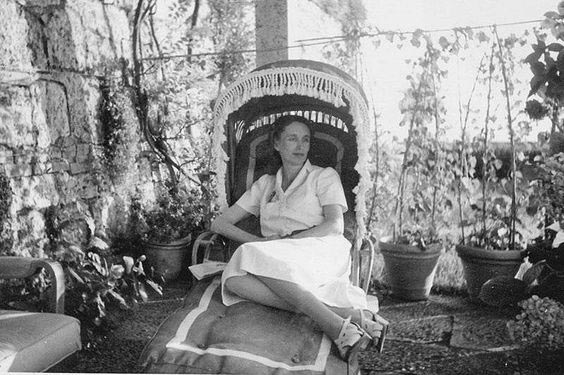
Nel 1924, Iris si sposò e si trasferì con il marito in Val d’Orcia e nella tenuta di La Foce. Quando arrivarono, era una regione sterile. Hanno migliorato la terra attraverso la coltivazione intensiva, il ripristino e la fornitura di aziende agricole a cinquanta famiglie. Ogni agricoltore possedeva la sua azienda agricola con il consueto sistema toscano di “mezzadria”, condividendo tutti i prodotti con il proprietario ma a seconda di lui per le attrezzature e il capitale. Il contributo di Iris è consistito nella creazione di un ospedale locale e di una scuola per novanta bambini.
In 1924, Iris married and moved with her husband to Val d’Orcia and the estate of La Foce. When they arrived, it was a barren region. They improved the land through intensive cultivation, restoring it, and providing working farms to fifty families. Each tenant farmer held his farm by the usual Tuscan system of “mezzadria,” sharing all produce with the proprietor but depending on him for equipment and capital. Iris’ contribution was the creation of a local hospital and a school that catered to ninety children.
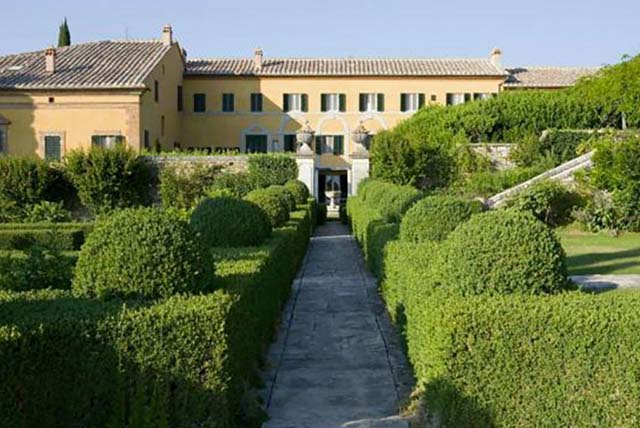
Nonostante le sue origini anglo-americane, alla Marchesa Origo fu permesso di lavorare con la Croce Rossa Italiana a Roma quando iniziò la guerra. Nel 1942, quando divenne troppo pericoloso rimanere in città, e perché stava aspettando un bambino, Iris tornò a La Foce per prendere lavoro di soccorso lì e cominciò a scrivere il suo diario di guerra.
Despite her Anglo-American origins, the Marchesa Origo was allowed to work with the Italian Red Cross in Rome when the war began. In 1942, when it became too dangerous to remain in the city, and because she was expecting a child, Iris returned to La Foce to take up relief work there and began writing her war diary.
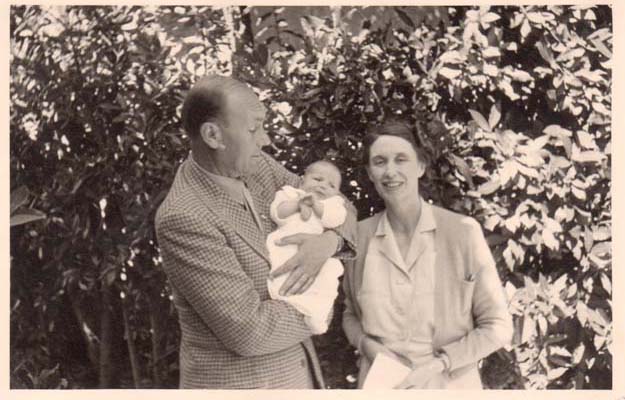
Intorno a lei, partigiani contro il regime fascista sono stati eseguiti e interi villaggi distrutti. Oltre agli orfani in cura e al cibo, i ribelli si nascosero nei boschi e sulle colline per essere nutriti, moribondi per essere allattati e i rifugiati che passavano la villa per essere accuditi. Allo stesso tempo, in un surreale colpo di scena, i soldati tedeschi si accamparono nelle loro case e nei fienili.
All around her, partisans against the fascist regime were being executed, and entire villages were annihilated. In addition to the orphans in her care and feed, rebels hid in the woods and hills to be fed, dying men to be nursed, and the refugees who passed the villa to be looked after. At the same time, in a surreal turn of events, German soldiers camped out in their homes and barns.
In mezzo a tutte le turbolenze della guerra, cercando di sopravvivere, tuttavia, Iris era troppo impegnata per avere paura, e ogni giorno ha portato nuove richieste sulla sua intraprendenza come ogni tipo di merce è diventato più scarso. Mentre la battaglia infuriava sempre più e i tedeschi cominciarono la loro ritirata, alla fine La Foce si trovava in prima linea.
Amid all the turmoil of war, trying to survive, however, Iris was too busy to be afraid, and every day brought new demands on her resourcefulness as every kind of commodity became scarcer. As the battle raged ever closer and the Germans began their retreat, eventually La Foce was situated on the front lines of battle.

Infine cacciata dalla sua casa dall’Alto Comando tedesco, Iris portò coraggiosamente i suoi orfani attraverso il campo di battaglia, otto miglia fino a Montepulciano. Sotto un caldo sole di giugno, lungo una strada punteggiata di mine e cadaveri, schivando il fuoco delle granate, Iris portò i suoi bambini al sicuro. Pochi giorni dopo, la guerra svanì nel nulla. Quando Iris tornò a casa, trovò la Foce completamente saccheggiata dalle truppe in ritirata.
Finally thrown out of her home by the Germans High Command, Iris courageously marched her orphans straight through the battlefield, eight miles to Montepulciano. Under a hot June sun, along a road peppered with landmines and corpses, dodging shell fire, Iris shepherded her children to safety. A few days later, the war vanished into nothingness. When Iris returned home, she found la Foce thoroughly ransacked by the retreating troops.
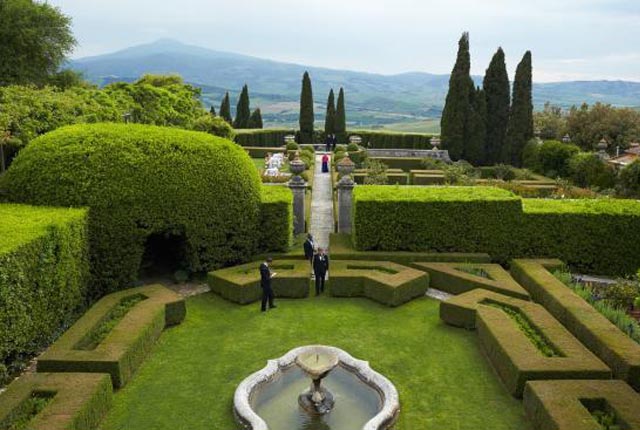
“La guerra in Val d’Orcia” è una storia semplice ma profonda. Non fa pretese di essere altro che una quotidiana annotazione dei pensieri dello scrittore. Iris non aveva intenzione di pubblicare il suo diario, né fu ritoccato in seguito per la pubblicazione. Di conseguenza, le sue parole sono semplici e dipingono un quadro dei tempi abbastanza vividamente.
“War in Val d’Orcia” is a simple yet profound story. It makes no pretensions of being anything but a daily jotting down of thoughts by the writer. Iris had no intentions of publishing her diary, nor was it touched up later for publication. As a result, her words are straightforward and paint a picture of the times quite vividly.
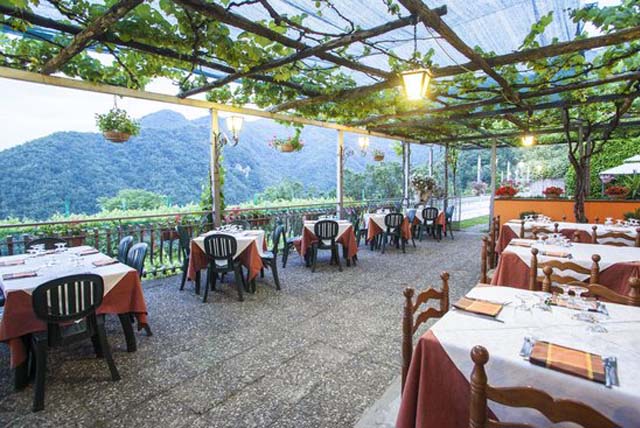
È una storia di tragedia individuale e di sofferenza, ma allo stesso tempo è una storia di grande generosità, coraggio e addirittura eroismo.
It is a story of individual tragedy and suffering, but at the same time, it is a story of great generosity, courage, and even heroism.
Consiglio vivamente di leggere la “Guerra in Val d’Orcia,” soprattutto per quelli che mi accompagneranno a Montepulciano il prossimo giugno. Faremo un giro dei giardini e della villa con una guida e poi ho organizzato una cena al ristorante che ci trova lì.
I highly recommend reading War in Val d’Orcia – especially for all those accompanying me to Montepulciano this June. We will tour the grounds and villa with a private guide AND I have planned a lovely dinner for our group in the restaurant there!
Ovviamente, invito tutti voi anche a leggere anche “Waking Isabella” per scoprire come i miei personaggi sopravvivono alla guerra in Italia negli anni ’40.
I, of course, invite you all also to read “Waking Isabella” to learn how my characters survive the war in Italy during the 1940s.
If you liked this post, you might like these too:
Waking Isabella Video Book Trailer
Novels about Italy by Melissa Muldoon
Paola Testi of Cultura Italiana invites you to join us in Arezzo September 2018



